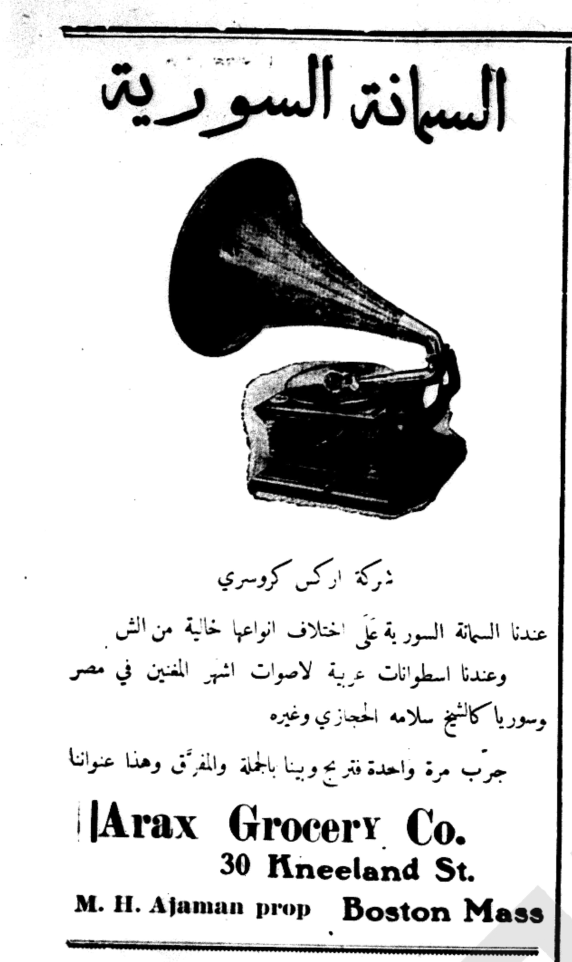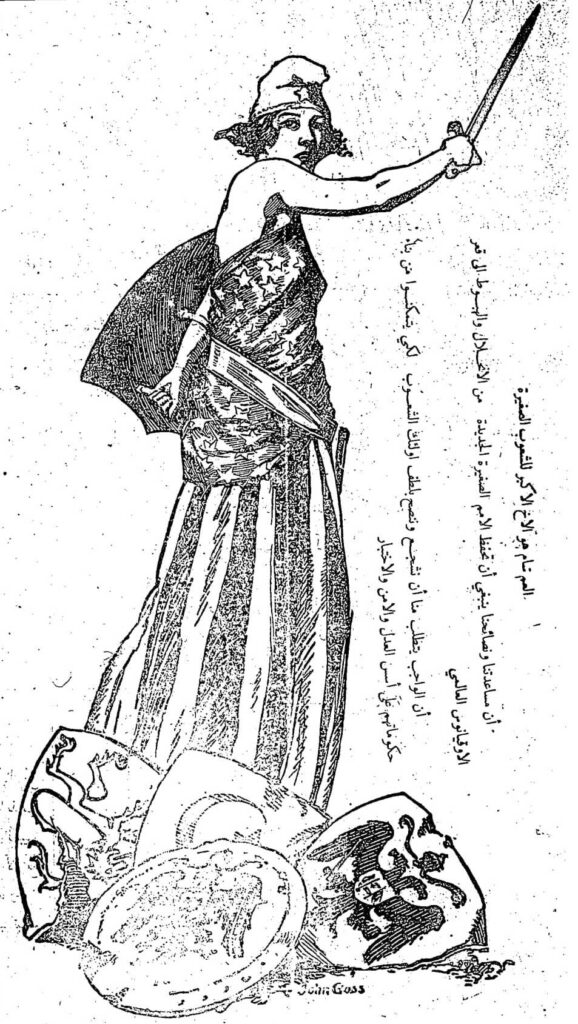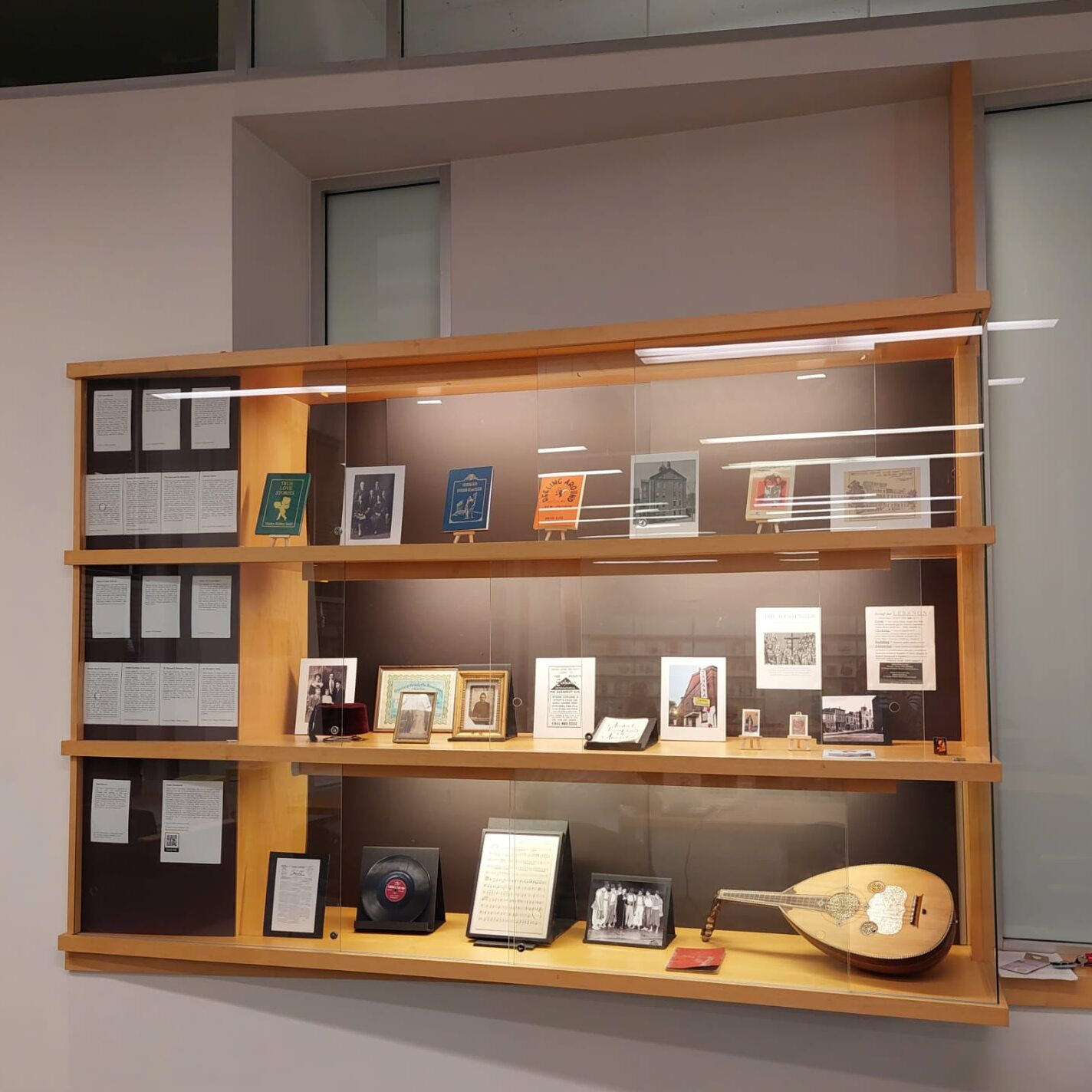Exploring the History of Boston’s Little Syria

By: Mariam Alyakoob / Arab America Contributing Writer
Between the 1880s and 1950s, a neighborhood of immigrants thrived in Boston. This neighborhood was known as Boston’s Little Syria or Syria Town. It was where many people from Greater Syria, which would now be Lebanon and Syria, lived and built a community.
Boston’s Little Syria Project

The process of documenting the existence of Little Syria began as a project by Harvard Ph.D. student Chloe Bordewich and Boston University Ph.D. student Lydia Harrington. Both historians were researching the Ottoman Empire as part of their doctoral studies. Through their exploration of Ottoman history, they discovered this thriving community of Syrian immigrants to Boston, who had immigrated to the United States from Greater Syria, which was then part of the Ottoman Empire. Bordewich and Harrington decide to document the traces of Little Syria and created the Little Syria Project in May 2022, commemorating this community. The link to their website can be found here.
Immigrants from this region began arriving in the late 1880s, and immigration was fairly consistent until the 1920s following World War I. Bordewich and Harrington discovered multiple reasons that drove immigration from Greater Syria to the United States during this time period. Some of the reasons driving immigration in the late 1880s included economic instability, due to the collapse of the silk industry as well as the fall of other industries in Greater Syria that had been vital in building the economy. Another reason for immigration in this time frame was due to the aftermath of upheaval wrought following the earlier 1860 civil conflict in Mount Lebanon and Damascus, which was a conflict fought by the Druze and Christians living in the region.
Then in the early 1900s, World War I was also a catalyst for immigration from Greater Syria to the United States. In the early 1900s, many Syrians resisted conscription to the Ottoman Empire at the start of World War I. The Ottomans had occupied Syria for hundreds of years, and there was general animosity by Syrians towards the Ottomans. This led to a wave of immigration by Syrians to the United States. And because of the lack of differentiation amongst Americans between Turks and Syrians, who were then identified as subjects of Turkey, many Syrian immigrants seized opportunities to demonstrate their American patriotism, with over three hundred Syrian men voluntarily joining the U.S. army to fight in World War I.
Setting in Boston
The Syrian immigrants, most of whom were Christian, ended up in today’s South Grove and Chinatown in Boston. They lived amongst other immigrants and minorities in the United States who started residing in Boston after the 1870s stock market crash when wealthy residents started moving out.
The Syrians who settled in Boston were quite the entrepreneurs, with many starting their own businesses such as restaurants, grocery stores, cafes, etc. And many who didn’t start their own business would work as street vendors, peddling different products and working in Boston’s textile factories.
The Syrians formed a community with one another, forming social organizations, and Arabic newspapers, and becoming part of local churches, whose archives helped with the documentation of the Little Syria Project. Many churches even served as gathering locations where Syrian immigrants could gather and socialize and celebrate different occasions. By the 1930s, at least 40,000 Syrians were living in Massachusetts.

Little Syria Today

It is much harder now to see the existence of this once-thriving community. This is primarily due to the effects of the Boston Redevelopment Authority (BRA), which in the 1950s began knocking down old neighborhoods and began different urban renewal projects that were incredibly controversial among the residents living in the area. Many homes were demolished to make way for the Massachusetts turnpike freeway, which opened in 1957. Because of the renovations being made by the BRA, many of the Syrians living in Little Syria were forced to leave, with some deciding to reside closer to the suburbs.
Despite many people having left the Little Syria area in the 1950s, there are still 3rd and 4th generation Syrians who reside in Boston, who have kept mementos and memories that their parents and grandparents have kept over the past century and served as primary sources for the documentation of the Little Syria Project.
Many of the immigrant’s descendants even loaned different items such as photographs, books, music, instruments, and more. Some of these items have even been displayed as physical items in an exhibit in MIT’s Rotch Architecture and Planning Library. The exhibit is known as “Visualizing Little Syria.” The exhibit ran from December 2022 and will continue to be displayed in MIT until the end of March. Afterward, the exhibit will be moved and displayed at the Massachusetts Historical Society.
Check out Arab America’s blog here!









